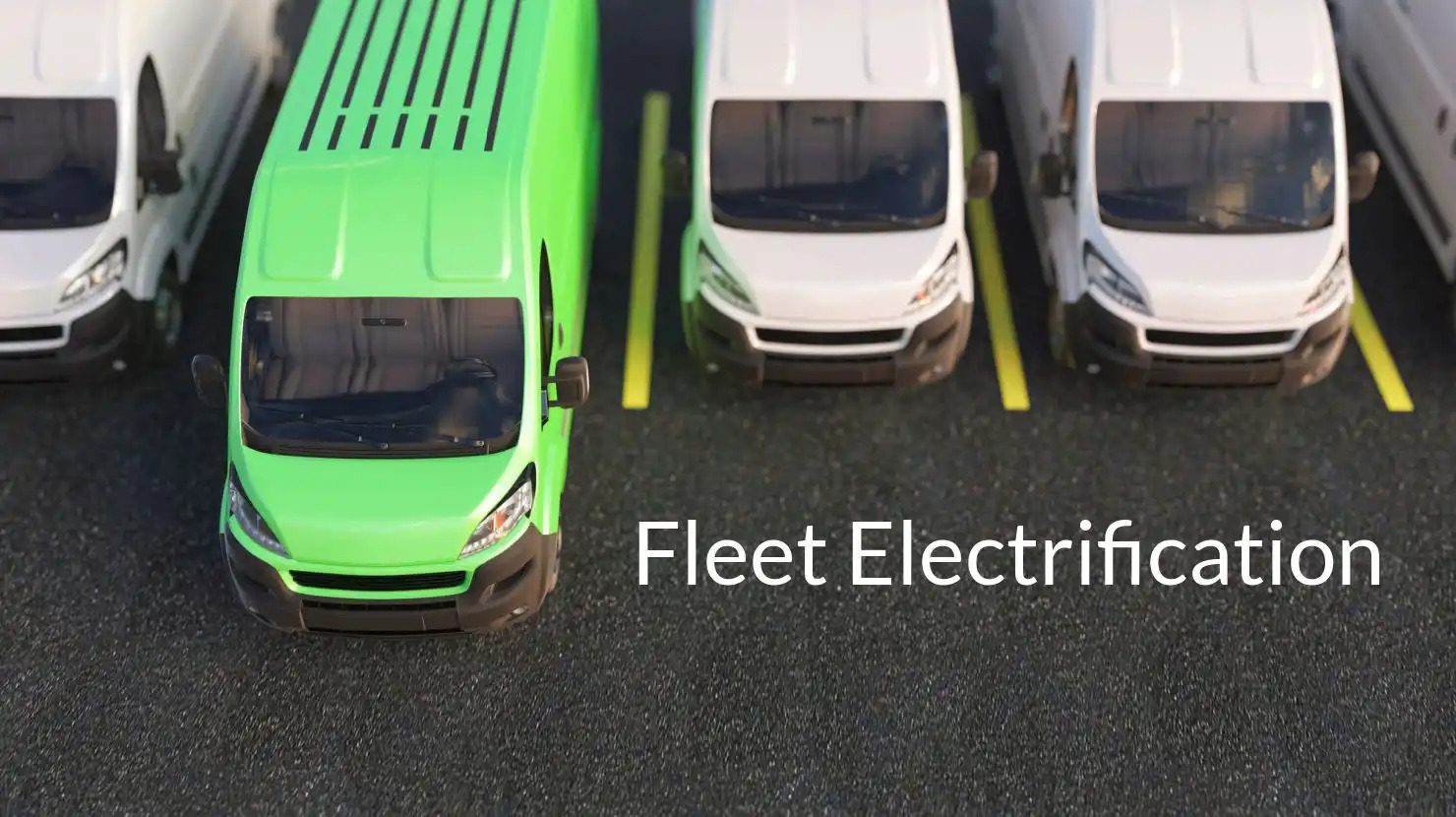

Fleet electrification refers to replacing traditional internal combustion engine vehicles with electric vehicles (EVs) within a fleet. This transformation is crucial in modern transportation, addressing environmental concerns and economic challenges.
Fleet electrification involves transitioning from gasoline or diesel-powered vehicles to electric ones. There are two main types of EVs: Battery Electric Vehicles (BEVs) that run solely on electricity and Plug-in Hybrid Electric Vehicles (PHEVs) that combine electric power with traditional fuel. Key components of EVs include electric motors, batteries, and control systems.
Electrifying fleets significantly reduces greenhouse gas emissions and decreases air pollution, contributing to cleaner air and a healthier environment.
Electric fleets offer lower operating costs due to reduced fuel consumption and maintenance expenses. Government incentives and subsidies further enhance economic benefits.
With fewer moving parts, EVs have lower maintenance costs and improved reliability, enhancing overall fleet performance and efficiency.
The upfront costs of purchasing EVs and installing charging infrastructure can be high, posing a significant barrier for many fleet operators.
A robust charging infrastructure is essential. This includes installing sufficient charging stations and ensuring the electrical grid can support increased demand.
Worries about the driving range and battery longevity can deter fleet operators from adopting EVs.
Rapid technological advancements and varying regulatory standards can complicate the transition to electric fleets.
Understanding the specific needs and usage patterns of the fleet is crucial for effective electrification.
A thorough feasibility study helps in evaluating the viability of transitioning to an electric fleet, considering operational, financial, and logistical aspects.
Clear, achievable goals and timelines ensure a structured and manageable transition process.
Detailed financial planning and budgeting are essential to manage the costs associated with fleet electrification.
Selecting the appropriate EV models requires evaluating various options based on performance, cost, and suitability for specific fleet needs.
Key specifications to consider include driving range, charging time, and load capacity, which impact the operational efficiency of the fleet.
Choosing reliable manufacturers and suppliers ensures the quality and durability of the electric vehicles.
Charging infrastructure includes Level 1, Level 2, and DC fast charging stations, each varying in charging speed and cost.
Proper installation and regular maintenance of charging stations are critical to ensure efficient and uninterrupted operation.
Strategic placement of charging stations optimizes accessibility and convenience for the fleet.
Planning for future needs and advancements ensures the longevity and scalability of the charging infrastructure.
Efficient charging schedules help in minimizing energy costs and maximizing vehicle availability.
Incorporating renewable energy sources, such as solar or wind, can enhance the sustainability of the fleet.
Participating in demand response programs allows fleets to manage energy consumption and reduce costs.
Advanced telematics and fleet management software provide real-time data on vehicle performance and usage.
Continuous monitoring and data analytics help in optimizing fleet operations and identifying areas for improvement.
Regular performance tracking and reporting ensure transparency and accountability in fleet management.
Proper training ensures that drivers can efficiently operate and maintain electric vehicles.
Eco-driving techniques, such as smooth acceleration and regenerative braking, enhance energy efficiency.
Incentive programs encourage drivers to adopt efficient driving practices, improving overall fleet performance.
Compliance with local and national regulations is essential for fleet electrification.
Adhering to emission standards ensures the environmental benefits of fleet electrification are realized.
Leveraging available incentive programs and grants can offset the costs of fleet electrification.
Studying successful examples provides valuable insights and best practices for fleet electrification.
Learning from early adopters helps in avoiding common pitfalls and challenges.
Continuous advancements in EV technology are expected to enhance the performance and affordability of electric fleets.
The integration of autonomous vehicles may further revolutionize fleet electrification.
Vehicle-to-Grid technology can provide additional benefits by allowing EVs to supply power back to the grid.
Fleet electrification offers numerous benefits but also presents challenges that need to be addressed strategically.
Following a structured approach ensures a smooth transition to an electric fleet.
The future of fleet electrification looks promising with ongoing technological advancements and increasing environmental awareness.
The cost implications include initial investment costs for vehicles and infrastructure, offset by long-term savings in fuel and maintenance.
Consider factors such as vehicle range, load capacity, and specific fleet needs when selecting electric vehicles.
A robust charging infrastructure, including various types of charging stations and adequate electrical grid capacity, is essential.
Stay updated with local and national regulations, and leverage available incentive programs to ensure compliance.
Understanding the common causes of delays during facility relocations can save you time, money, and…
If you or someone you know suffers from sleep apnea, chances are a CPAP (Continuous…
Learn about four effective methods hospitals can implement to share patient status updates, ensuring clear…
Learn about the benefits of an organized outdoor shed. Discover easy methods to reduce clutter…
Want to fly multiple flags but are worried it might be disrespectful? Here’s what you…
Prepare for power outages with tips on staying warm, safe, and stress-free. Learn how to…